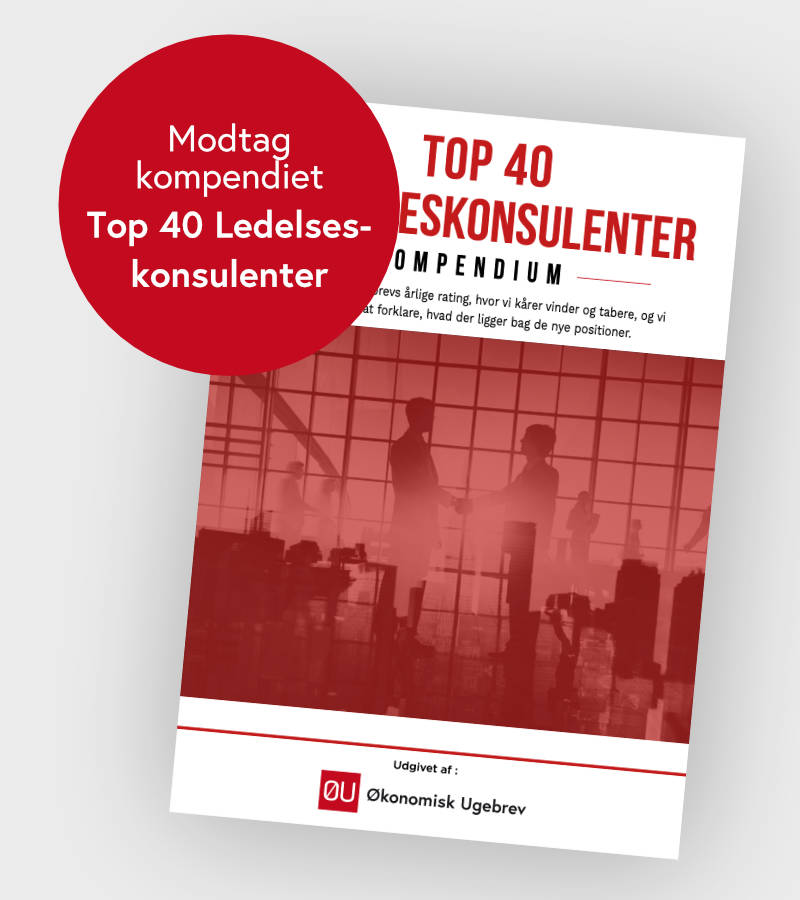Økonomisk Ugebrev har gennemgået udvalgte 2018 regnskaber med fokus på nogle af de selskaber, som på det seneste har virket finansielt eller strategisk udfordret, med fokus på, hvad revisor har skrevet om Key Audit Matters i revisionspåtegningen.
For lidt over ét år siden skrev Økonomisk Ugebrev, at ”den foreløbige konklusion på revisors gennemgang af Key Audit Matters er, at der er tale om en god nyskabelse, hvor revisor hen ad vejen bør lære at blive skarpere, mere konkret og præcis med at identificere og beskrive Key Audit Matters, samt håndteringen af dem. I de fleste tilfælde giver den nye påtegning ikke nye oplysninger til regnskabsbrugerne, da de betydelige forhold nævnt i revisors påtegning for det meste henviser til regnskabet, hvor der er information om det enkelte forhold.”
Danske Banks revisor skriver i relation til usikkerheder og skøn i forhold til eventuelle erstatninger og bøder i kølvandet på hvidvasksagerne, at ”the regulatory investigations and litigation in respect of the nonresident portfolio in the Estonian Branch, and any potential regulatory action as a result of the need to improve the quality and the efficiency of the AML controls in general, are deemed to be a key audit matter as the recognition and measurement of provisions and the measurement and disclosure of contingent liabilities require significant judgements by Management. The significant judgements include considering whether to record a provision for future potential fines or settlements/litigation in respect of the non-resident portfolio in the Estonian Branch by assessing whether the criteria for recognition of an obligation is met at 31 December 2018 by determining if: • it is more likely than not that an economic outflow based on the investigations and litigation will occur; and • the amount of the payment (or other economic outflow) can be reliably estimated. The timing of the completion of the investigations, the outcome and the subsequent discussions with the authorities are uncertain. At present, Management consider that it is not yet possible to reliably estimate the timing or amount of any potential settlement or fines, which could be material.”
Pandoras revisor skriver om indtægtsførsel og returvarer, at ”revenue is recognised when control of the goods have been transferred to the buyer and it is measured at fair value of the expected consideration to be received, less rebates, discounts, sales taxes, duties and expected sales returns. Revenue recognition and measurement of the related expected sales returns was a matter of most significance in our audit due to the inherent risk in the estimates and judgements which Management makes in the normal course of business as to timing of revenue and measurement of expected sales returns. “
A.P. Møller-Mærsks revisor gennemgår tre KAM forhold, mod hovedreglen to i de fleste andre børsnoterede selskaber. Revisor skriver om løbende værdiansættelse af ejendomme, skibe, udstyr, samt immaterielle aktiver, at ”The principal risk is in relation to Management’s assessment of future timing and amount of cash flows, which are used to project the recoverability of the carrying amount of property, plant and equipment as well as intangible assets. Bearing in mind the generally long-lived nature of assets, the most critical assumptions are Management’s view on discount rate and the long-term outlook for freight rates and volumes, bunker price as well as terminal volumes and revenue per container move.”
Bang & Olufsens revisor fremhæver kun en enkelt key audit matter, men sætter dog beløb på forholdet. Revisor skriver under overskriften om måling af udskudt skat, at ”audit opinion on the financial statements. Measurement of deferred tax assets The group has recognised a deferred tax asset of DKK 249 million as at 31 May 2018 of which DKK 149 million relate to tax loss carry forwards and DKK 100 million relate to temporary differences. The group has recognised the tax assets to the extent that the realisation of the related tax benefits through future taxable profits are probable within a foreseeable future. We refer to Note 2.5 of the consolidated financial statements..”
I NKT’s regnskab oplyser revisor, at impairment test på immaterielle aktiver har været et key audit matter: ”The recoverable amount of non current assets in the Group’s high voltage power cable business (Solutions) is dependent on the expected increase in operational EBITDA and that the operational EBITDA level can be sustained in the long term. The determination of recoverable amount for Solutions is based on the value-inuse derived from future free net cash flow based on budgets and the strategy for the coming years and free net cash flows from the terminal period.”
Intro-pris i 3 måneder
Få unik indsigt i de vigtigste erhvervsbegivenheder og dybdegående analyser, så du som investor, rådgiver og topleder kan handle proaktivt og kapitalisere på ændringer.
- Fuld adgang til ugebrev.dk
- Nyhedsmails med daglige opdateringer
- Ingen binding
199 kr./måned
Normalpris 349 kr./måned
199 kr./md. de første tre måneder,
herefter 349 kr./md.
Allerede abonnent? Log ind her







